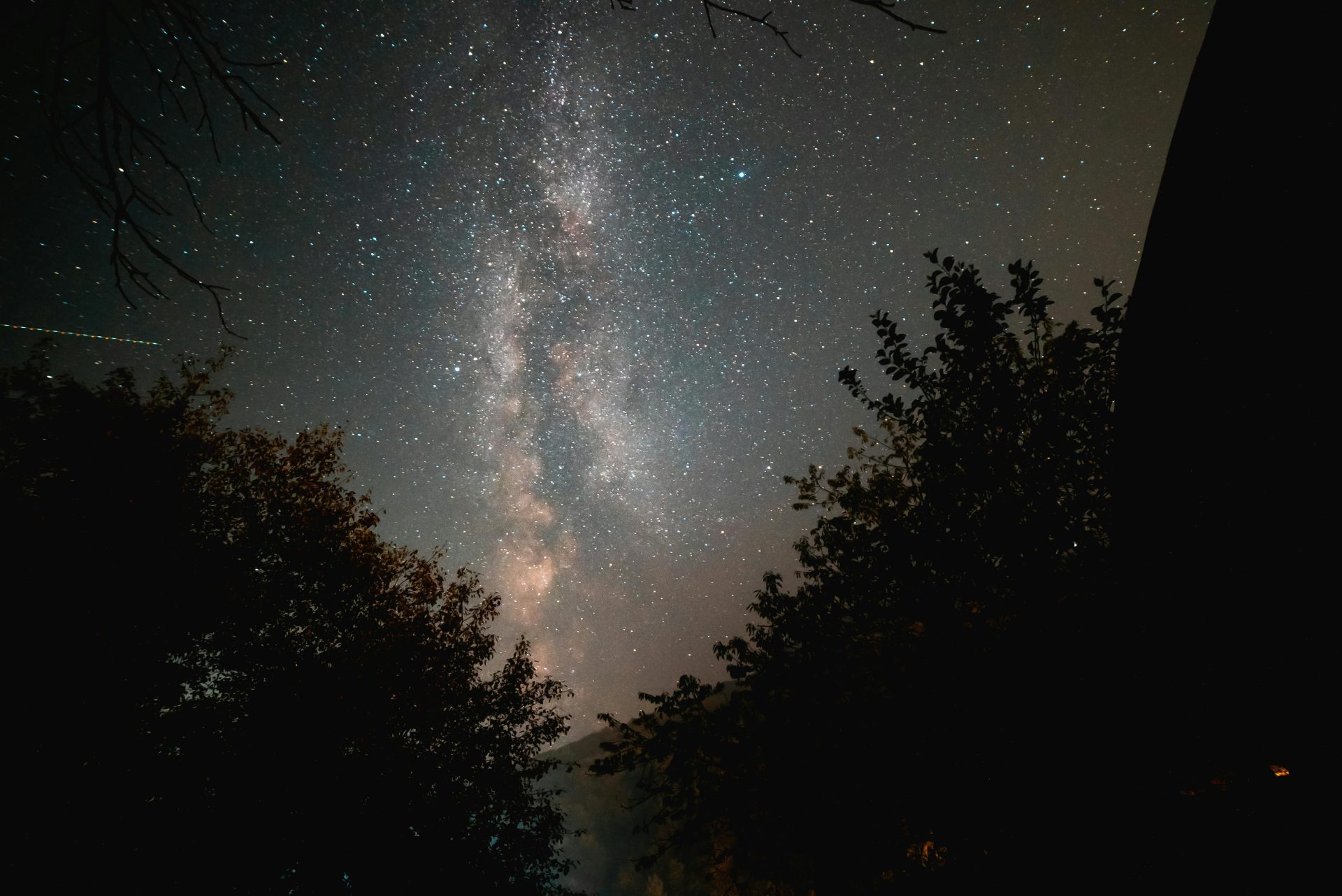The Mysteries of the Indus Valley Civilization

Before diving in, please note: This post is for informational purposes only. If you’d like to know more about how we approach topics, feel free to check out our friendly Disclaimer Page.
Hey there, amazing readers! 🖐️ Just a quick note: yes, we know there are a lot of ads here. Trust us, we get it—it’s not the prettiest look, but they help us keep this blog alive and kicking. Those pesky little ads cover the costs of all the behind-the-scenes magic, from hosting and tech stuff to creating content we hope you’ll love.
We’re committed to delivering quality posts, and your support (even just sticking around despite the ads) means everything to us. So, bear with us, and thanks for helping us keep the good vibes rolling. Now, on to the fun stuff! 😉
TRANSLATE BUTTON AT THE END OF THE ARTICLE
A Quick Overview
The Indus Valley Civilization (IVC) is one of the most captivating chapters in ancient history.
Nestled between the Indus River and its tributaries, this civilization flourished around 2500 BCE and has left us with a treasure trove of mysteries.
Who were these people?
What did their society look like?
And why did it decline?
Let’s dive into the wonders of the Indus Valley Civilization and uncover some of its secrets.
Unearthing the Wonders of the Indus Valley Civilization
Archaeological excavations in the Indus Valley have revealed numerous sites, but the discoveries at Mohenjo-Daro and Harappa stand out.
These cities, once bustling metropolises, provide glimpses into a society that was advanced in many ways.
Imagine walking through their streets, lined with brick houses and sophisticated drainage systems.
It’s like stepping back in time!
Archaeologists have unearthed artifacts that range from pottery to seals, giving us insights into their daily lives.
Each find is like a piece of a puzzle.
It sparks curiosity and raises more questions than answers.
What did these people eat?
How did they communicate?
And what was their relationship with neighboring civilizations?
The sheer scale of the Indus Valley Civilization is stunning.
Stretching across parts of modern-day Pakistan and northwest India, it was one of the largest ancient urban cultures.
The mysteries it holds continue to fascinate historians, and every excavation brings the promise of new revelations.
A Brief Introduction to the Indus Valley Civilization
The Indus Valley Civilization is often regarded as one of the cradles of civilization, alongside Mesopotamia and Ancient Egypt.
It thrived during the Bronze Age and is characterized by its planned cities, advanced drainage systems, and trade networks.
The civilization is believed to have lasted for about 700 years, reaching its peak around 2500 BCE and gradually declining by 1900 BCE.
So, who were the people of the IVC?
They were skilled craftsmen, traders, and farmers.
They cultivated crops like wheat and barley and domesticated animals such as cattle and sheep.
Their societal structure remains somewhat of a mystery, as no definitive evidence of a ruling class or centralized government has been found.
Instead, we see a society that likely thrived on cooperation and communal living.
What’s particularly intriguing is their ability to trade over long distances.
They exchanged goods like textiles and pottery with regions as far away as Mesopotamia.
This interconnectivity speaks volumes about their maritime skills and economic prowess.
The Enigmatic Cities: Mohenjo-Daro and Harappa
Mohenjo-Daro and Harappa are two of the most significant archaeological sites of the Indus Valley Civilization.
Mohenjo-Daro, meaning "Mound of the Dead," is one of the best-preserved urban centers.
The layout of this city is astonishing.
Streets were laid out in a grid pattern, and houses were constructed with baked bricks.
This organization hints at a sophisticated understanding of urban planning.
Harappa, on the other hand, is known for its impressive granary and storage facilities.
The sheer size of these buildings suggests that Harappa was a vital center for trade.
Both cities featured advanced drainage systems and public baths, indicating a high priority on hygiene and public infrastructure.
What’s more fascinating is the presence of large public structures in both cities.
These might have served religious or administrative purposes, though their exact functions remain elusive.
I sometimes wonder what it would’ve been like to walk these streets and see the bustling life around me.
Ingenious Urban Planning: A Marvel of Architecture
The architectural prowess of the Indus Valley Civilization is a subject of admiration.
The cities were designed with an exceptional level of foresight.
They had wide streets, public baths, and a highly efficient drainage system that can still impress modern engineers today.
The drainage system deserves special mention.
Homes had connected drains running along the streets, which led to larger public sewers.
This structure indicates that they valued cleanliness and health, a concept that seems quite advanced for its time.
Construction materials were carefully chosen.
The inhabitants used standardized fired bricks, which allowed for uniform building sizes.
It’s almost as if they had a construction code that ensured consistency and quality.
The layout of the cities also reflects a deep understanding of the environment.
For example, they built homes that faced away from the harsh sunlight, maximizing comfort.
There’s an elegance in the practicality of their designs that still resonates today.
Scripts and Symbols: Deciphering Their Written Language
One of the most perplexing mysteries of the Indus Valley Civilization is its script.
Various seals have been found, inscribed with symbols that represent one of the earliest forms of writing.
Scholars believe that the script consists of around 400 symbols, but it remains undeciphered.
Could this writing have been used for communication, trade, or religious purposes?
The truth is, we don’t know.
Each seal found is like a riddle waiting to be solved.
Some researchers have even speculated that the script might not have been a language at all, but rather a form of symbolic communication.
Despite numerous attempts to decipher it, the script has proven to be a formidable challenge.
This has led to various theories, but none have gained universal acceptance.
I sometimes think it’s like a secret code from an ancient civilization, waiting for the right keys to unlock its meaning.
Trade and Economy: The Lifeblood of a Thriving Culture
Trade was the lifeblood of the Indus Valley Civilization.
Archaeological evidence suggests that they engaged in commerce with neighboring cultures, including Mesopotamia.
Goods such as cotton textiles, pottery, and metalwork were exchanged for precious materials like gold and silver.
The presence of standardized weights and measures points to an organized economic system.
This level of sophistication is impressive, considering the time period.
The ability to conduct trade over long distances also indicates that they had advanced maritime skills and routes.
Ports along the Arabian Sea facilitated trade with distant lands.
Imagine the bustling activity at these ports, with merchants bartering goods and exchanging stories from afar.
The economy seemed to thrive on mutual benefit and cooperation.
Notably, the lack of evidence for military fortifications suggests that trade relationships may have been predominantly peaceful.
This paints a picture of a civilization that prioritized commerce and connection over conflict.
Daily Life: Exploring the Lifestyle of Indus Dwellers
What was daily life like for the people of the Indus Valley?
While we may not have all the answers, archaeological finds give us a glimpse into their routines.
It’s believed that they lived in two- to three-story homes with courtyards.
Family life likely revolved around communal activities.
Cooking was an essential part of daily life.
Evidence of cooking utensils and hearths suggests they enjoyed a variety of foods, including grains, fruits, and possibly fish.
The presence of figurines also hints at a rich cultural and social life.
Craftsmanship flourished in the Indus Valley, with intricate jewelry, pottery, and textiles being produced.
It’s fascinating to think about the artisans, pouring their skills and creativity into their work.
Social interactions must have been lively.
Markets would have been a hub of activity, where people gathered not just to trade but to share news, gossip, and laughter.
This sense of community likely played a crucial role in their society.
Religion and Rituals: The Spiritual Side of Life
Religion held a significant place in the lives of the Indus Valley people, though concrete evidence remains scant.
However, the discovery of figurines, seals, and other artifacts suggests they practiced worship and rituals.
Some seals depict animals, possibly indicating the importance of certain creatures in their spiritual beliefs.
The Great Bath of Mohenjo-Daro is another fascinating structure.
Some researchers believe it served a ceremonial purpose, perhaps for rituals of purification.
The presence of large public spaces suggests a community that valued spiritual gatherings.
The absence of grand temples raises intriguing questions.
Did the people worship in private homes or open spaces?
The mystery deepens, as we explore their beliefs and the role religion played in their daily lives.
Artistry and Craftsmanship: Beauty in Indus Creations
The artistry of the Indus Valley Civilization is truly astounding.
From pottery to jewelry, the craftsmanship reflects a high level of skill and creativity.
Pottery was often adorned with intricate designs, showcasing a keen eye for aesthetics.
Seals carved from soapstone feature animals and symbols, hinting at possible religious or administrative significance.
These artifacts were likely used in trade, bearing the marks of their owners.
It’s amazing to consider how such small items carry stories from thousands of years ago.
Jewelry made from gold, silver, and semi-precious stones reveals an appreciation for beauty and adornment.
Women and men alike likely wore these creations, adding a sense of identity and status.
The artistry didn’t stop with functional items; the people of the Indus Valley also created terracotta figurines.
These small figurines, often depicting women, invoke curiosity about their roles in society.
Were they simply decorative, or did they hold deeper meanings?
Mysterious Decline: Theories Behind Their End
The decline of the Indus Valley Civilization remains one of history’s great mysteries.
Various theories attempt to explain this phenomenon.
Some suggest climate change, as shifting weather patterns may have affected agriculture.
Others point to possible invasions or conflicts with neighboring cultures.
However, there’s scant evidence to support a single reason for their decline.
The theory of economic deterioration also exists — maybe trade routes shifted, leading to resource scarcity.
Another intriguing hypothesis is the idea of internal collapse due to social or political factors.
It’s possible that changes in governance or societal structure played a role.
Whatever the reason, the decline remains a topic ripe for exploration.
The Legacy of the Indus Valley: Influencing Modern Times
The legacy of the Indus Valley Civilization lives on in many ways.
Their architectural innovations, particularly in urban planning, continue to influence modern city designs.
The emphasis on sanitation and public health resonates with today’s urban development.
Culturally, the Indus Valley people contributed to the tapestry of South Asian heritage.
Their craftsmanship and artistry set a foundation for later cultures in the region.
The mysteries surrounding their language and script also inspire ongoing research and fascination.
I often find myself marveling at how this ancient civilization continues to provoke questions and discussions even today.
Continuing Discoveries: What Lies Beneath the Soil?
Archaeological work in the Indus Valley continues to unveil new findings.
Excavations are ongoing, and with modern technology, we can uncover even more secrets hidden beneath the soil.
Ground-penetrating radar and satellite imagery are game-changers, helping researchers locate new sites.
Every dig brings the potential for new discoveries, and the anticipation is palpable.
What artifacts will we find?
What historical narratives will they reshape?
The excitement in the field is contagious, as scientists and historians work together to piece together the past.
As we learn more, we gain a deeper appreciation for the ingenuity and resilience of the people who lived in the Indus Valley.
They may have vanished from the pages of history, but their legacy thrives in our collective curiosity and quest for knowledge.
Conclusion
The mysteries of the Indus Valley Civilization continue to intrigue and inspire us.
From their advanced urban planning to their enigmatic scripts, the accomplishments of this ancient culture remind us of the complexities of human history.
As we unearth more artifacts and knowledge, we begin to see the fragments of a vibrant society that once thrived.
Each discovery is like finding a missing puzzle piece that brings us closer to understanding who these people were and how they shaped the world around them.
Let’s keep our curiosity alive as we explore the secrets that still lie beneath the soil!

The Enlightenment Journey is a remarkable collection of writings authored by a distinguished group of experts in the fields of spirituality, new age, and esoteric knowledge.
This anthology features a diverse assembly of well-experienced authors who bring their profound insights and credible perspectives to the forefront.
Each contributor possesses a wealth of knowledge and wisdom, making them authorities in their respective domains.
Together, they offer readers a transformative journey into the realms of spiritual growth, self-discovery, and esoteric enlightenment.
The Enlightenment Journey is a testament to the collective expertise of these luminaries, providing readers with a rich tapestry of ideas and information to illuminate their spiritual path.
Our Diverse Expertise 🌟
While our primary focus is on spirituality and esotericism, we are equally passionate about exploring a wide range of other topics and niches 🌍📚. Our experienced team is dedicated to delivering high-quality, informative content across various subjects ✨.
To ensure we provide the most accurate and valuable insights, we collaborate with trusted experts in their respective domains 🧑🏫👩🏫. This allows us to offer well-rounded perspectives and knowledge to our readers.
Our blog originally focused on spirituality and metaphysics, but we’ve since expanded to cover a wide range of niches. Don’t worry—we continue to publish a lot of articles on spirituality! Frequently visit our blog to explore our diverse content and stay tuned for more insightful reads.





